Leading ladies: gender bias in piano competitions
Vincent Lenti
Wednesday, November 2, 2022
Almost any piano teacher will say that the majority of their students are female, so where are all the women when it comes to handing out the glittering prizes at major music competitions?
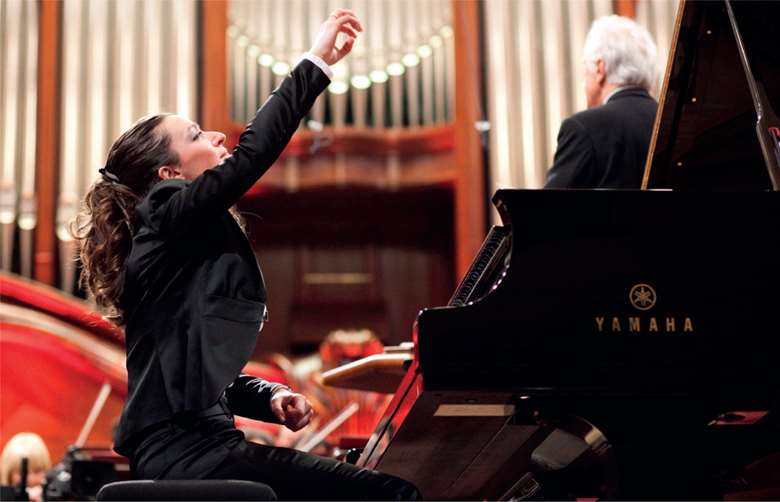
FRYDERYCK CHOPIN INSTITUTE
The first International Chopin Competition after the Second World War was held in Warsaw in 1949, and the gold medal was shared by two pianists who had tied in the voting: Halina Czerny-Stefańska of Poland and Bella Davidovich of the Soviet Union. Their achievement was particularly noteworthy because they were the first women to earn gold medals in a major competition. In fairness, I should note that Annie Fischer, the fabulous Hungarian pianist, won gold in the 1933 Franz Liszt Competition in Budapest. It was, however, the inaugural year of this competition, so it had not yet achieved international status and recognition. Therefore, her victory was against a much more limited field of contestants. Indeed, five of the finalists were Hungarians.
It is reasonably safe to assume that some observers in 1949 would have sought to diminish the achievements of Czerny-Stefańska and Davidovich. The war had disrupted the lives of many of Europe's most talented young male musicians, so perhaps it was not surprising that the competition winners were female. Moreover, all 13 laureates, including the tie for first place, were either Polish or Russian. Compared with the pre-war years, the 1949 Chopin Competition barely qualified as an international event. Such considerations led many so-called informed observers to the conclusion that the female victory in Warsaw was simply an anomaly.
Martha Argerich was certainly no anomaly when she won the competition in 1965, but no other woman would win gold in Warsaw for the next 45 years. It was Yulianna Avdeeva who finally provided the Chopin Competition with another female winner in 2010. In doing so, she triumphed over a strong field of male rivals for the top prize. Yet her victory was questioned at the time and remains controversial (unfairly, in my opinion). Following the competition, Deutsche Grammophon even took the unprecedented step of awarding a recording contract to silver medalist Ingolf Wunder, rather than offering that opportunity to Avdeeva.
While there have only been four female gold medalists in Warsaw, a somewhat larger number of women have taken the silver medal, perhaps most notably Rosa Tamarkina in 1937. Tamarkina, whose death from cancer at the age of 30 only added to her mystique as being one of Russia's most gifted young pianists, was placed second behind Yakov Zak. Since that time, other women have claimed the silver medal, with the top prize always going to a male competitor. In 1960 Irina Zaritskaya almost derailed Maurizio Pollini's early career, but she had to settle for second place. Mitsuko Uchida won silver in 1970, as did Dina Joffe in 1975, Tatiana Shebanova in 1980 and Ingrid Fliter in 2000.
While I would hesitate to say that each of these female silver medal winners was the victim of gender bias, I am still prompted to question why so much silver and why so little gold? Whatever their faults and shortcomings, competitions provide a vivid picture of the successes and failures of young pianists. In Russia, becoming a competition laureate is almost a prerequisite for any kind of successful career. Similarly, in America a competition victory of some sort is seen as an essential entry for every young pianist's resumé.
Taking a broader look at piano competitions over the past half-century or so leads one to the inescapable conclusion that the majority of contestants are male, and that the majority of prize-winners are male. A statistician looking at these conclusions might be prompted to examine two hypotheses: that there are more male piano students, therefore more male contestants and, therefore, more male winners; or that women are in some way less capable at the piano and, therefore, less likely to compete successfully against male pianists. Setting aside for the moment the issue of gender bias, let's examine the first of these two hypotheses.
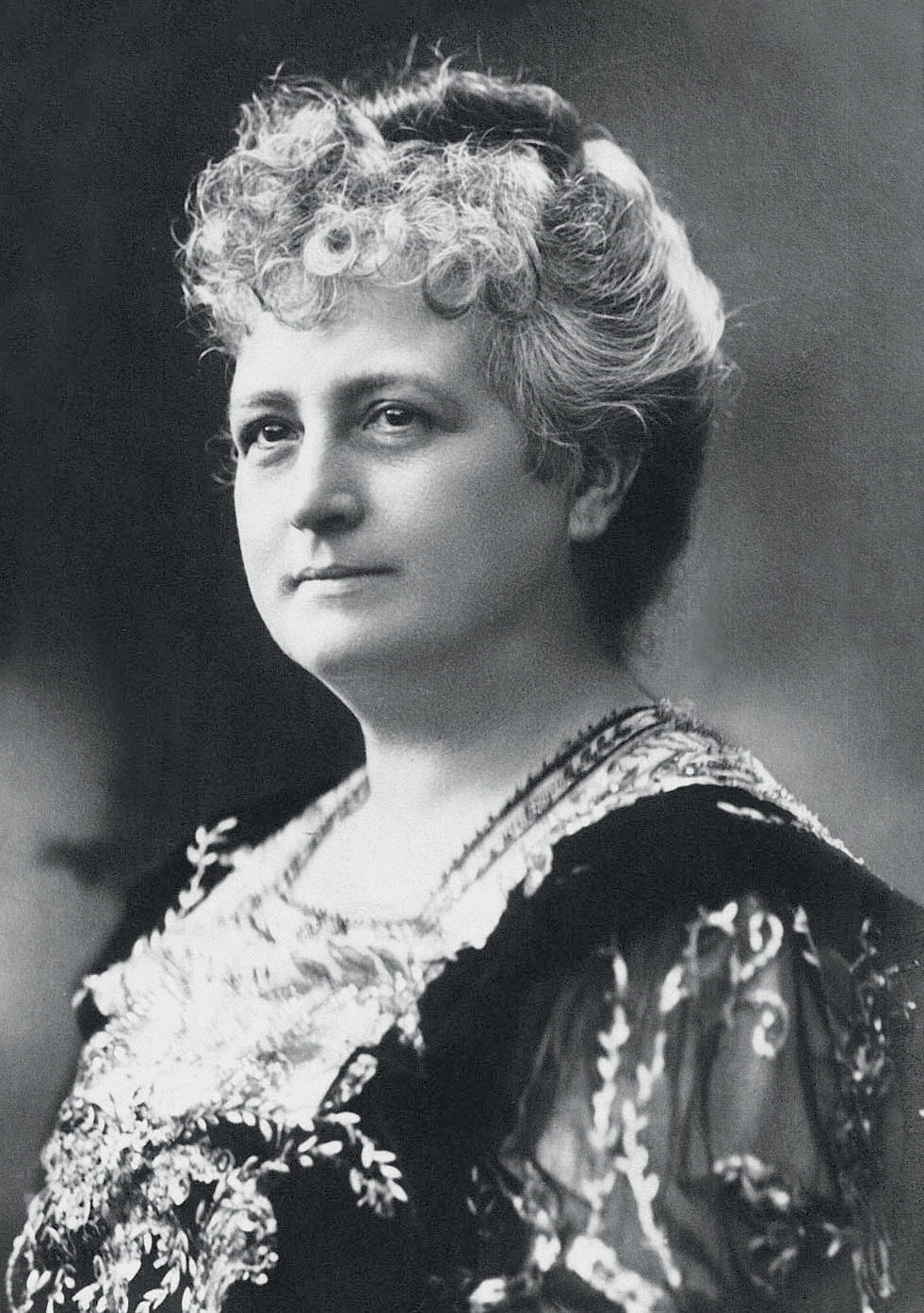
Teresa Carreño: ‘The highest praise you will ever get in concert reviews is that you play like a man, and they don't mean it entirely as a compliment’ © TULLY POTTER COLLECTION
Almost any piano teacher with students at any age level would probably tell you that the majority of their students are female. As a matter of fact, throughout history the number of young women studying piano has generally far exceeded the number of young men. There are interesting sociological reasons for this, which we might briefly examine. In the 18th century – and certainly extending into the 19th century as well – young ladies were expected to acquire various ‘accomplishments’, mainly associated with the arts: needlework and embroidery, making artificial flowers, learning a smattering of a foreign language (most likely French if we are discussing young English girls), the ability to draw or paint, the ability to write poetry, and of course some kind of musical skill.
These accomplishments helped young girls to occupy their time while making them attractive as prospective brides. Compared with singing or playing instruments such as the flute or violin, playing the piano for a young woman was an appropriately modest and unprovocative activity, since it did not require the performer to stand in front of her listeners exposing the full length of her body. All that was required was to sit demurely on an embroidered chair in front of a lovely fortepiano and gently stroke the keys to the delight of family and friends, and perhaps a desirable suitor, and this was even customarily done with the pianist's back to the listening audience. Nothing suggestive or scandalous in any of this.
Among the great numbers of women who studied piano, many became accomplished pianists despite the social restrictions of their time. The majority of Haydn's piano students were women, and a number of Haydn's most significant sonatas were written for and dedicated to these female students. Two of Haydn's last sonatas were inspired by and written for Therese Jansen, whom he had met in London. She had come to England from Germany to study with Muzio Clementi, and by the 1790s she was considered to be perhaps the best pianist in London. But in 1795 she married Gaetano Bartolozzi and never enjoyed the kind of career that reflected her significant talent as a pianist and musician. Like other women of her time, playing the piano, no matter how proficiently and beautifully, was essentially an amateur pursuit for women.
Women fared somewhat better in the early 19th century, but only marginally. Fanny Mendelssohn, Felix's older sister, was just as much a prodigy as her brother. She reportedly performed the entire first book of the Well-Tempered Clavier from memory at age 13. But her father cautioned her that, although music would be her brother's profession, for her it ‘can and must only be an ornament, never the root of your being and doing’, later adding that a young woman's only profession was being ‘mistress of the house’.
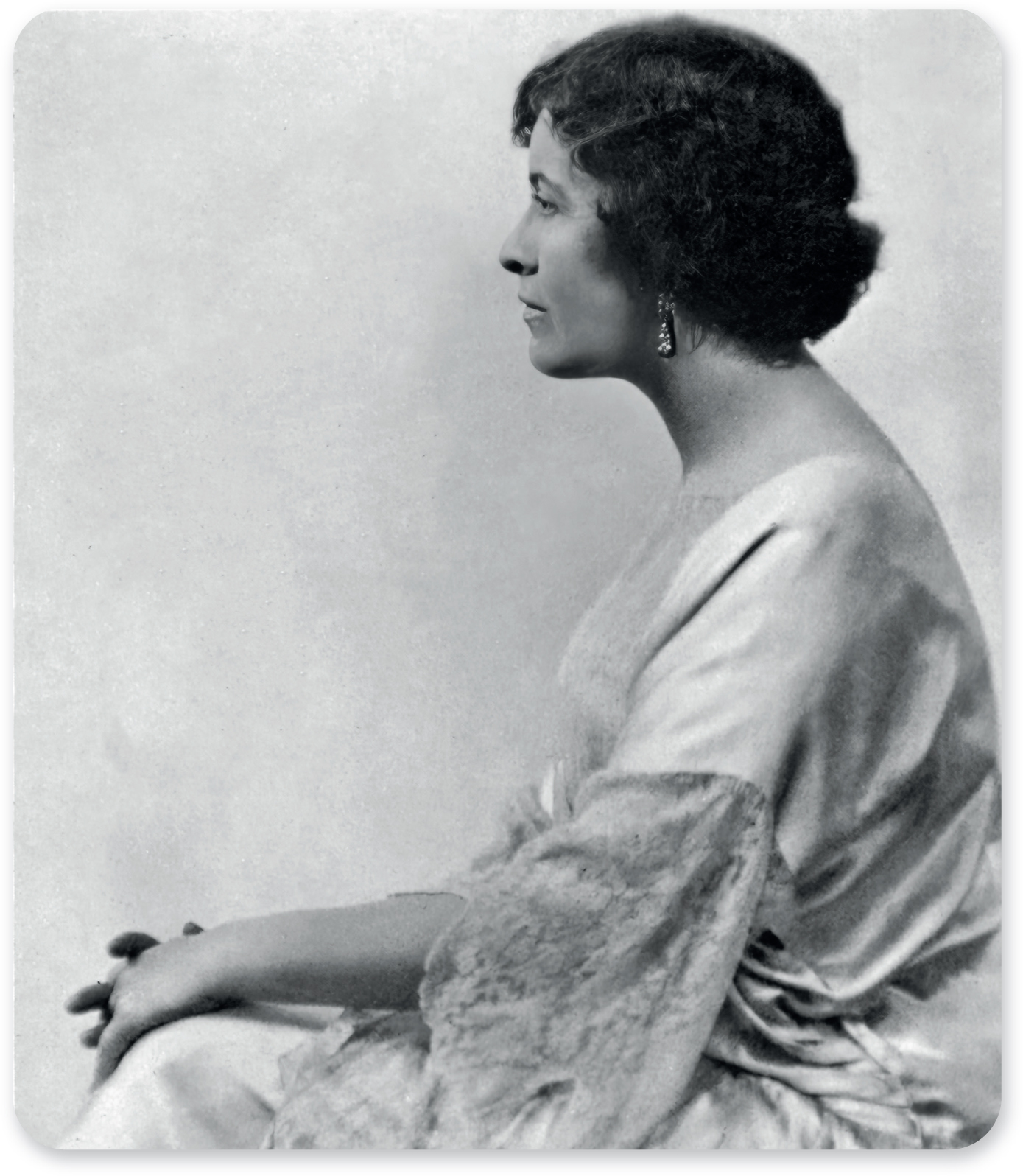
Olga Samarov: ‘The female of the species invariably receives lower fees than a man with the same degree of success and reputation’ © TULLY POTTER COLLECTION
Clara Schumann, six years younger than Fanny Mendelssohn, faced no such paternal opposition. Her father was very ambitious for her to succeed in music, even opposing her marriage to Robert Schumann partly on the grounds that such a marriage would interfere with her career. She was, of course, the most famous woman pianist of her generation and highly influential in defining the role of the concert pianist in the modern sense of the term. Few people, however, remember or even know anything about Marie Wieck, Clara's younger half-sister. Appointed court pianist to the Hohenzollerns at the age of 26, she frequently toured Europe before settling into a teaching career in Dresden. Unlike her older sister, Marie was not married to a famous composer and lived most of her career in comparative obscurity.
It would be remiss not to mention Arabella Goddard, born in France in 1836. When she was eight years old, she played for Queen Victoria in England and made her official London debut when she was 14. Like Clara Schumann she was among the first pianists of either gender to play from memory and soon established herself as perhaps the finest pianist in all of England. Among her accomplishments was to give the London premiere of Beethoven's Hammerklavier Sonata. An even more impressive accomplishment belonged to Marie Trautmann, born in Alsace-Lorraine in 1846. At the age of 47 she performed all 32 Beethoven sonatas in Paris, perhaps the first pianist of either gender to do so in France.
The generation of pianists born mid-century included a number of truly outstanding women pianists, such as Sophie Menter, Annette Essipova, Julie Rivé-King, Teresa Carreño and Fannie Bloomfield-Zeisler. Carreño was perhaps the most colourful among them. Born in Venezuela in 1853, she made her way to Europe, played for Liszt, coached for a while with Anton Rubinstein, and then settled down to study in Paris with Chopin's student Georges Mathais. She gave up the piano in 1875 and became a successful opera singer for a while, but eventually resumed her career as a pianist. Claudio Arrau heard Carreño play when he was quite young and described her as a ‘goddess’ who had unbelievable drive and power. He added that he did not think anyone of his generation could play octaves as well.
Carreño often played the Beethoven Third, Fourth and Fifth Concertos in a single concert. She was, in a sense, an earlier version of Martha Argerich, and like Argerich received a fair amount of criticism because of the masculinity and aggressiveness of her playing.
Many observers preferred Essipova, who was always appropriately charming and feminine. Carreño was well aware of the criticism and at one point cautioned the 21-year-old Olga Samarov with the warning: ‘My child, the highest praise you will ever get in concert reviews is that you play like a man, and they don't mean it entirely as a compliment. Someday, before I die, I'd like to see a review of a man's concert in which a critic would write that he played with the delicacy and charm of a woman! But they'd never dare’. Years later Samarov gave up a successful career as a concert pianist for the security of a teaching position at New York's Juilliard School, commenting that ‘the female of the species invariably receives lower fees than a man with the same degree of success and reputation’.
Another notable woman pianist of this generation was Fannie Bloomfield-Zeisler. She was born in Austria in the year 1863 but went to live in the United States when she was five years old. She returned to Vienna when she was 15 to study with Theodor Leschetizky. Bloomfield-Zeisler later played throughout Europe and the United States, and she was often hailed as America's greatest pianist. Her repertoire included concertos by Tchaikovsky, Anton Rubinstein, Beethoven, Chopin, Liszt and Mozart, among others. But the success of pianists such as Bloomfield-Zeisler and Carreño was not a typical experience for women pianists. For every Bloomfield-Zeisler, there were hundreds like Marie Wieck who laboured in the shadows of a musical world dominated by men. And for every Marie Wieck there were thousands who simply studied piano because it was one of those ‘accomplishments’ young women were supposed to pursue.
Yet women certainly studied piano. In the 1890s, for example, women piano students outnumbered men at the conservatory in Berlin by a ratio of 4:1. What happened to them after completing their studies? Some may have quietly become teachers like Marie Wieck. Undoubtedly the majority simply got married, had children and became dutiful wives. Just like Therese Jansen.
The 20th century did little to improve the situation. Consider, for example, that exemplary series of recordings released on the Philips label under the general title of Great Pianists of the 20th Century. Of the 73 pianists represented on the recordings, only 11 are women. Approximately the same proportion is represented in the later Naxos release, titled ‘A-Z of Pianists’, which includes recordings by 67 pianists of whom only ten are women. None of this can be explained by the respective number of men and women who have pursued piano study. All the available evidence points to the conclusion that women have studied piano in far greater numbers than men throughout history.
This leads us to examine the hypothesis that women simply do not play so well as men, that they really cannot measure up in international competitions and cannot compete in the high-pressure world of the concert artist. They are better suited, so the argument goes, to being teachers rather than performing artists. Consider, for example, the fact that the international competition in Geneva held separate events for men and women until 1963. Here was an institutional acknowledgment of the opinion that men and women could not compete against one another on an even playing field.
Another example of institutionalising the separation of women and men pianists was the Paris Conservatoire. Founded in 1795, it is the oldest music college in the world. But prior to 1916, it maintained separate faculties for its male and female students. Moreover, during its first 125 years, only one woman had ever been appointed to teach the piano to male students. The eventual decision in 1916 to combine the men and women's classes did not arise from a sense that there was anything wrong with the old system. It was simply the result of declining male applicants to the conservatoire because of the First World War. What this decision meant, however, was that male faculty members now taught both male and female students, since every piano teacher at the time was male. Yet even after the merger of men's and women's classes, there was still a tendency to treat women differently by restricting them to a smaller repertoire. One such pianist, whom I personally know, complained to me that she was always expected to play Mozart and Chopin although she would have preferred to play Brahms and Rachmaninov.
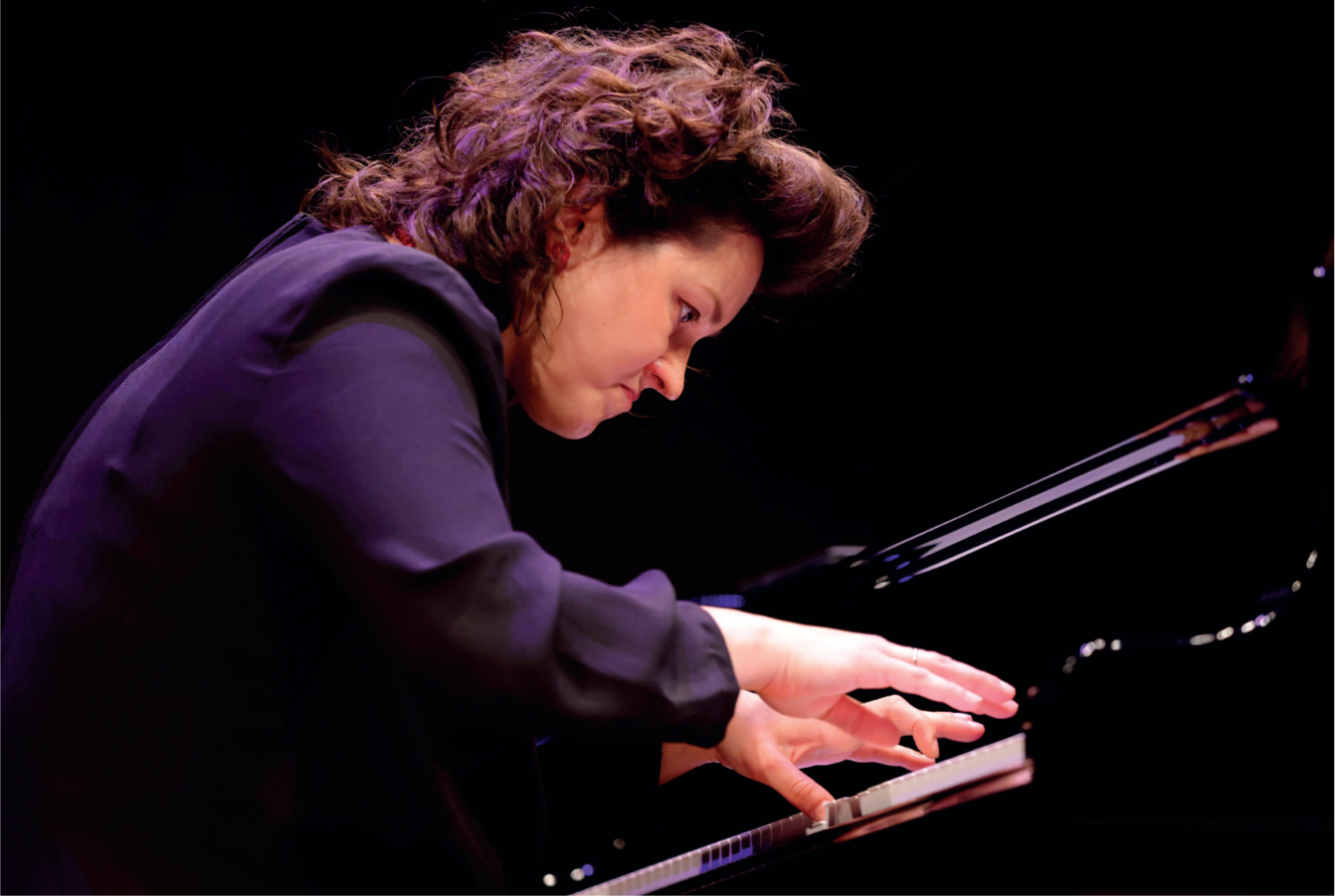
Anna Geniushene performs in the final of this year's Cliburn Competition © RICHARD RODRIGUEZ
Separation of training and separation of opportunities naturally leads to different expectations. If it was a commonly found attitude that women were ill-suited for certain kinds of repertoire, that attitude was not only held by men but also by many women themselves. Lacking equal opportunity as students and convinced of their ‘uniqueness’, many gifted women undoubtedly ended up convinced that they really could not compete with men in the concert world – and especially in the growing world of international competitions. In some perverse way, therefore, women may have become less capable than men because of the self-image arising from the circumstances in which they were placed. Their perceived inferiority was only a reflection of the gender bias which surrounded them in a professional world dominated by men. As recently as the late 1950s, for example, one British music critic openly stated that an all-Beethoven recital by Dame Myra Hess was ‘the exception that proves the rule that women cannot play Beethoven’.
It was the explosive growth of international piano competitions that provided tangible opportunities to compare the respective achievements of men and women pianists. The history of eight important competitions (Chopin, Cliburn, Leeds, Liszt Utrecht, Montreal, Queen Elizabeth, Arthur Rubinstein and Tchaikovsky) shows a total of 137 gold medals being awarded. However, it is rather disconcerting to note that 119 of these first-place medals were awarded to men, and only 18 to women. In the entire history of the Tchaikovsky Competition, only one woman, Ayako Uehara, has thus far been awarded the gold medal. Only two women, Cristina Ortiz and Olga Kern, have won gold at the Cliburn – and Kern had to share top honours with Stanislav Ioudenitch. Similarly, there have been two female gold medallists at the Liszt Competition in Utrecht – Mariam Batsashvili in 2014 and Yukine Koriko in 2022 – and two at Brussels' long-standing and prestigious Queen Elisabeth Competition – Ekaterina Novitsaya in 1968 and Anna Vinnitskaya in 2007.
The 2022 Van Cliburn Competition provides a further example of the consistent male dominance in the world of piano competitions. Only three women were among the 30 contestants who gathered in June 2022 to compete in Fort Worth. One of them did not get past the preliminary round, and another did not get past the quarter finals. The lone female survivor in this process was Anna Geniushene. At 31, and six months pregnant, she managed not only to reach the finals but also to earn the silver medal. Few knowledgeable observers of the competition would question the choice of Yunchan Lim as the gold medalist. He was positively brilliant throughout the competition, but Geniushene is also an enormously gifted pianist and musician. She and Lim, in my opinion, were the best of the finalists, but once again we are presented with a decision that awards gold to the man and silver to the woman.
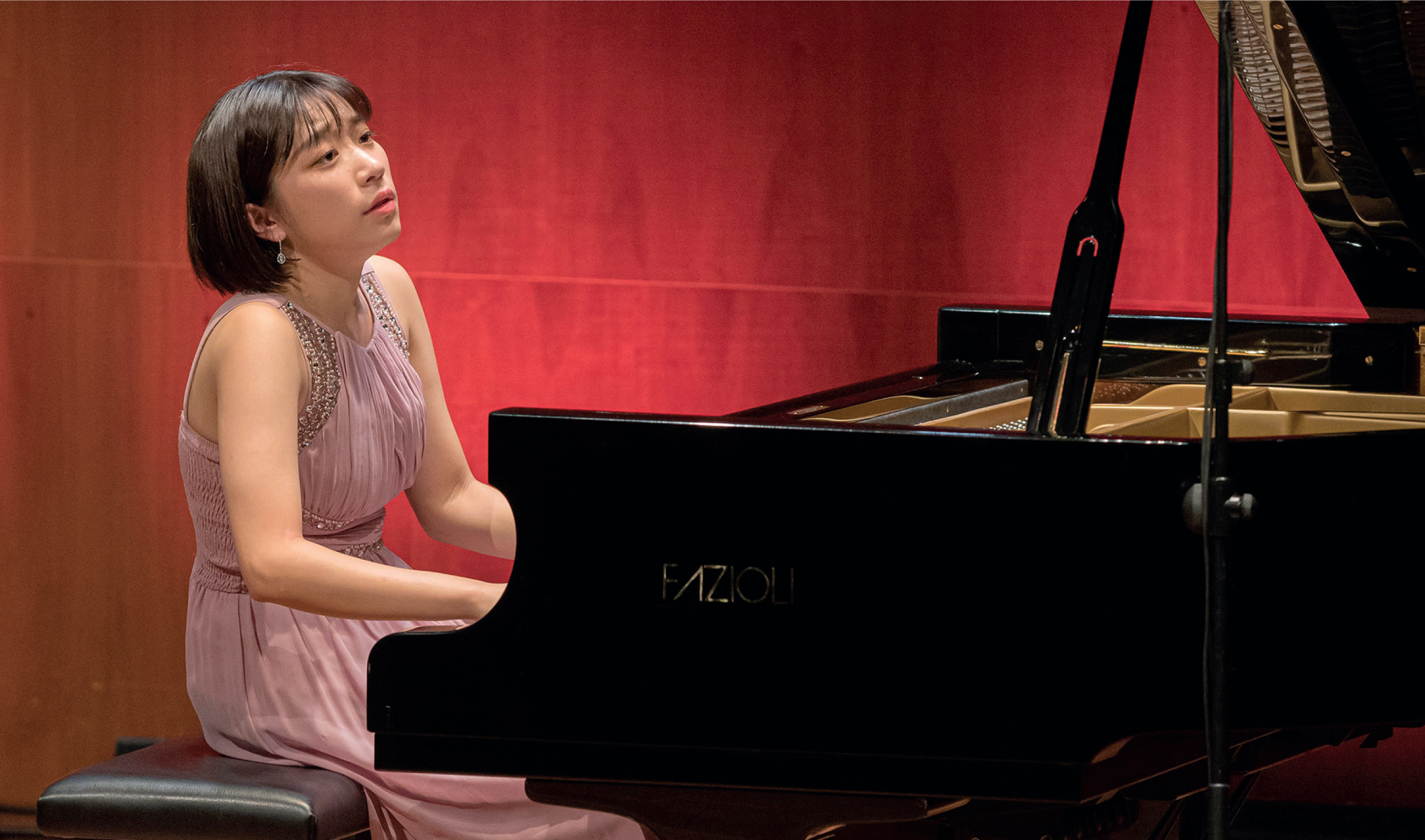
Yukine Kuroki – winner of the 2022 Liszt Competition in Utrecht © ALLARD WILLEMSE
The difference in outcome in these competitions might lead us to ask whether there are reasons why women cannot compete more successfully against men. Do men have a physical advantage that could explain the difference in results? Piano playing is a difficult and arduous task. Do greater size, body weight, stamina and muscularity give men an advantage? In practically every other physical activity – swimming, track and field, tennis, etc – women are not asked to compete against men because it is conceded that men have a natural physical advantage. Might this also be true in piano playing? Based on a career of more than a half-century of conservatory teaching, I would personally question such an argument.
Perhaps of some importance in understanding the dominance of men in the piano world is the way female pianists present themselves – or more likely are presented by their management. If playing the piano was initially favoured because it was a modest and unprovocative pursuit for young ladies, the intent and image we see today is often quite the opposite. A well-known female pianist I know was once told by her London manager that her image was all wrong. She should wear her hair in a different manner, wear more provocative gowns and use more make-up, also observing that she was ‘getting a little old’. One cannot imagine a similar scenario situation arising with a male pianist.
Some have suggested that competitors should perform behind a screen where they cannot be seen. While this would make judging more objective, it ignores the fact that a concert pianist is a performer. Seeing the performer is a part of the concert experience. I am of sufficient age to be able to boast that I saw Arthur Rubinstein perform at least a dozen times, and I am quite prepared to assert that no recorded Rubinstein performance even comes close to matching those experiences.
If hiding competitors behind a screen would deny an important part of the total experience, any system requiring greater equity in numbers between male and female competitors would similarly be arbitrary and artificial. We should all want the best person to win and giving anyone an advantage in a competition would be unfair and counterproductive.
Instead, we must face up to the fact that tradition, stereotypical perceptions and bias place women at a disadvantage in competitions. The appropriate response to this realisation should be serious discussion of this topic leading to action to address the problems. As a profession – pianists, teachers, performers, competition judges – we have an obligation to contemplate how we train and prepare our female piano students, how we may react differently to a performance based on the performer's gender, and how we can more fairly assess and judge competitors at international competitions. The fact that only 18 women can be counted among 137 gold medalists is a clear indication that we still have a long way to go.






